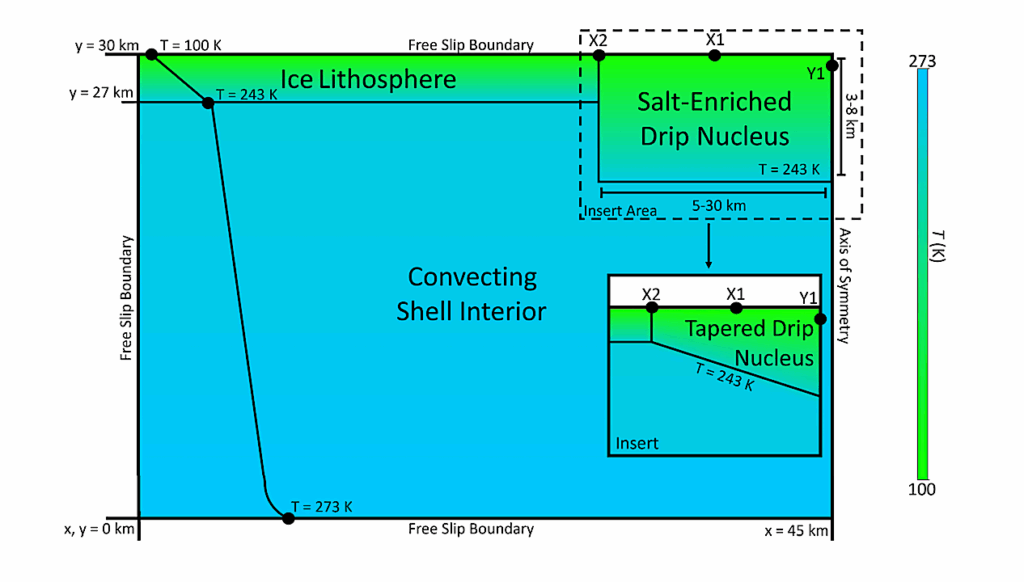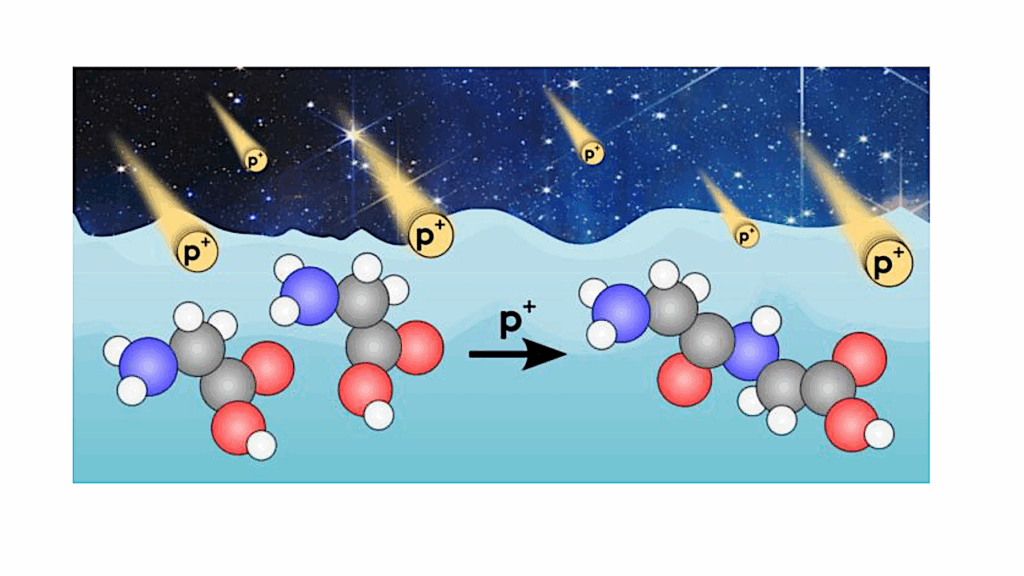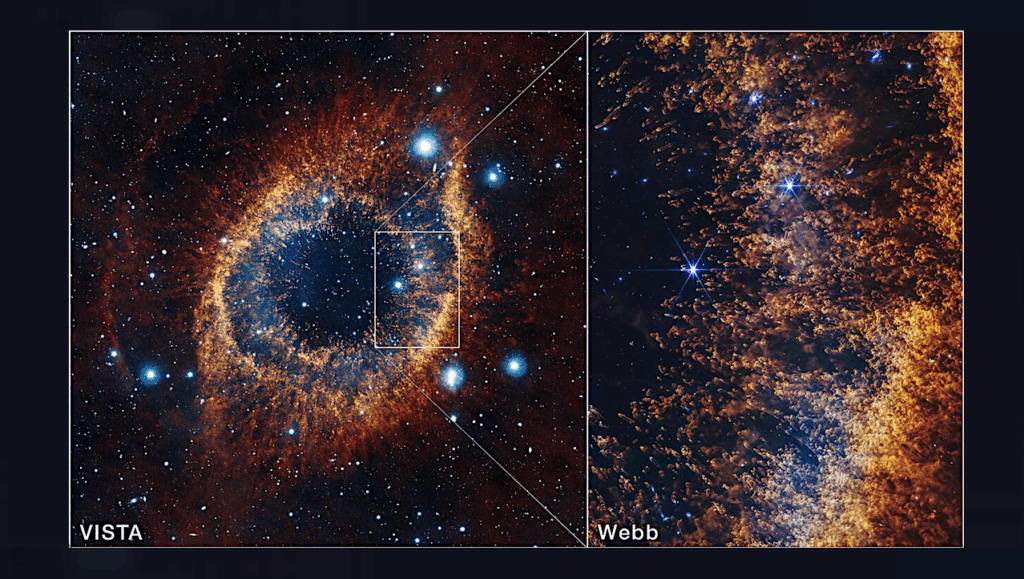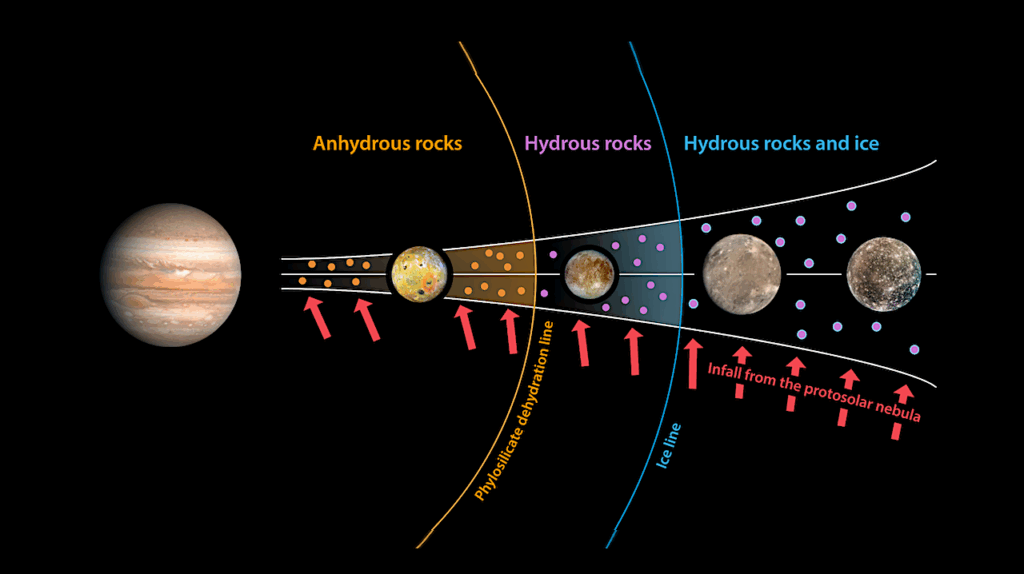A Deep Search For Large Complex Organic Species Toward IRAS16293-2422 B At 3 mm With ALMA

Complex organic molecules (COMs) have been detected ubiquitously in protostellar systems. However, at shorter wavelengths (~0.8mm) it is more difficult to detect larger molecules than at longer wavelengths (~3mm) because of the increase of millimeter dust opacity, line confusion, and unfavorable partition function.
We aim to search for large molecules (>8 atoms) in the ALMA Band 3 spectrum of IRAS 16293-2422 B. We search for more than 70 molecules and identify as many lines as possible in the spectrum. The spectral settings were set to specifically target three-carbon species such as propanol and glycerol. We identify lines of 31 molecules including many oxygen-bearing COMs such as CH3OH and c-C2H4O and a few nitrogen- and sulfur-bearing ones such as HOCH2CN and CH3SH.
The largest detected molecules are gGg-(CH2OH)2 and CH3COCH3. We do not detect glycerol or propanol but provide upper limits for them which are in line with previous laboratory and observational studies. The line density in Band 3 is only ~2.5 times lower in frequency space than in Band 7. From the detected lines in Band 3 at a ≳6σ level, ~25-30% of them could not be identified indicating the need for more laboratory data of rotational spectra.
We find similar column densities and column density ratios of COMs (within a factor ~2) between Band 3 and Band 7. The effect of dust optical depth for IRAS 16293-2422 B at an off-source location on column densities and column density ratios is minimal. Moreover, for warm protostars, long wavelength spectra are not only crowded, but also take longer integration times to reach the same sensitivity limit.
The 3mm search has not yet resulted in detection of larger and more complex molecules in warm sources. A full deep ALMA Band 2-3 (i.e., 3-4 mm) survey is needed to assess whether low frequency data have the potential to reveal more complex molecules in warm sources.
P. Nazari, J. S. Y. Cheung, J. Ferrer Asensio, N. M. Murillo, E. F. van Dishoeck, J. K. Jørgensen, T. L. Bourke, K. -J. Chuang, M. N. Drozdovskaya, G. Fedoseev, R. T. Garrod, S. Ioppolo, H. Linnartz, B. A. McGuire, H. S. P. Müller, D. Qasim, S. F. Wampfler
Comments: Accepted for publication in A&A
Subjects: Astrophysics of Galaxies (astro-ph.GA)
Cite as: arXiv:2401.04760 [astro-ph.GA] (or arXiv:2401.04760v1 [astro-ph.GA] for this version)
Submission history
From: Pooneh Nazari
[v1] Tue, 9 Jan 2024 19:00:00 UTC (859 KB)
https://arxiv.org/abs/2401.04760
Astrobiology, Astrochemistry,








